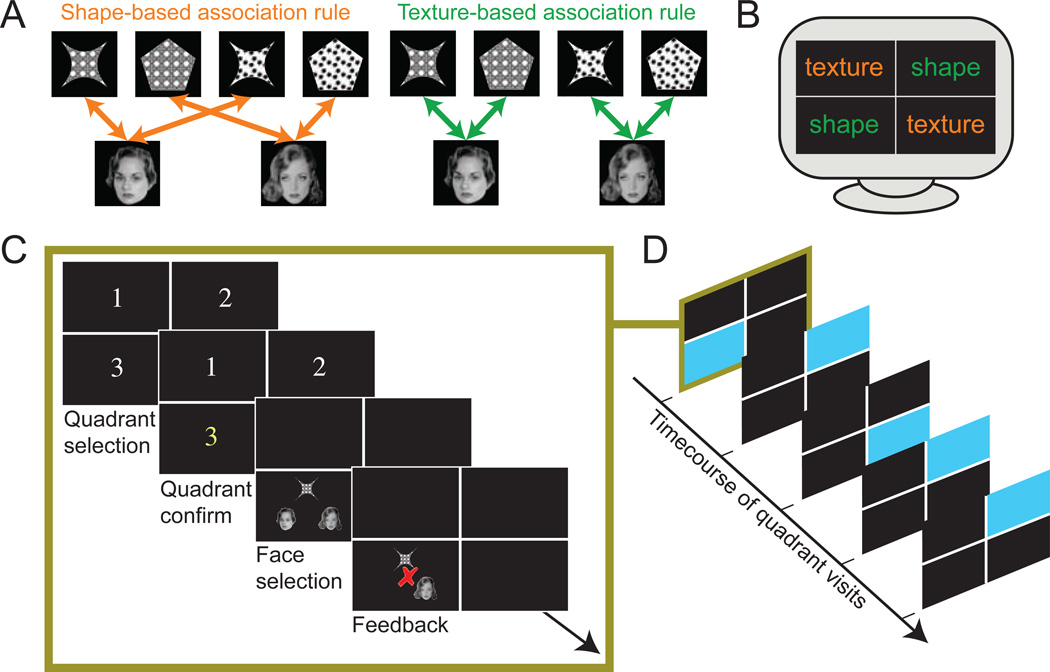Figure 1. Contextual object-face association task.
(A) Contextual associations were based on either shape or texture features of objects that served as cues. In shape quadrants, only shape (e.g. star-shaped versus pentagon-shaped) determined the correct object-face associations. In texture quadrants, only texture (e.g. white circles versus black dots) determined the correct object-face associations. (B) Example configuration of quadrants, which varied for different blocks of the experiment, with two shape and two texture quadrants in each block. Subjects were not instructed regarding the salient feature in each quadrant, but were required to learn contextual associations via feedback. (C) Each trial involved highlight of the selected quadrant followed by presentation of the object cue and two faces, during which subjects attempted to select the target face. Trials concluded with feedback. (D) Example quadrant sequence, with the quadrant selected for each trial highlighted in blue.

